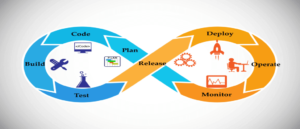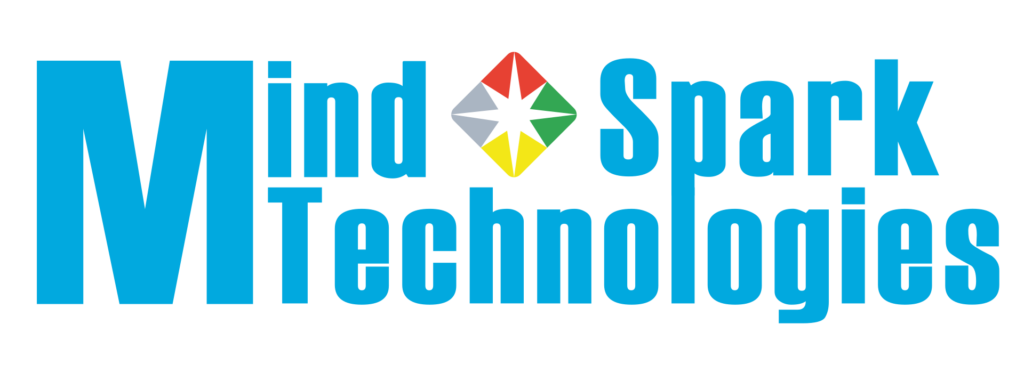What It Is and Why It’s Beneficial
DevOps is a set of practices that automates the processes between the development team and IT operation team, in order that they can build, test, and release software faster and more reliably.
Recently, Mind Spark Technologies has realized the need for DevOps and started adopting this approach in their work.
DevOps provide a full picture of your entire software delivery pipeline in a single platform.
DevOps is based on monitoring of all stages of the software development process, from deployment and integration to product design, testing, and release. DevOps is an enterprise continuous delivery solution for automating and visualizing the flow of change throughout the software delivery cycle.

DevOps Lifecycle can be broadly broken down into the below DevOps Stages:
- Continuous Development
- Continuous Integration
- Continuous Testing
- Continuous Monitoring
- Virtualization and Containerization
These stages are the building blocks to achieve DevOps as a whole.
Here are the most commonly used software development methodologies,
- DevOps methodology
- Agile methodology
- Waterfall methodology
- Rapid application development methodology
In the old days, a software company receives a deadline for creating a product that’s ready to deliver to their customers.
The team of developers spends their time working on the product before handing over the project to the operations team. These individuals are responsible for testing and deploying the completed software.
The problem with traditional approaches to software development is that the development team and IT operation team maintain limited interaction with one another. Without proper interaction, both teams can’t bring their output to every stage of the project.
In so doing, DevOps streamlines the software development by bringing disparate teams together and boosting their productivity.
The DevOps model promotes a more mature and productive work environment by bringing software development and IT operations together.
Members of both teams can constantly review code between each other, which reduces the bugs in a project and It also helps improve the end product for the customer.
